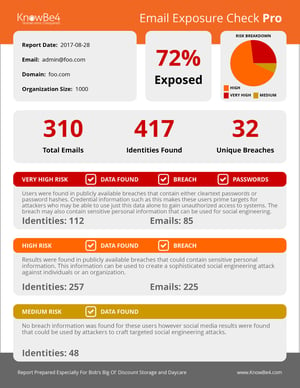 Newly released data from TrendMicro about high-risk email threats in 2021 shows where cybercriminals are placing their focus and where yours should be as well.
Newly released data from TrendMicro about high-risk email threats in 2021 shows where cybercriminals are placing their focus and where yours should be as well.
When you have a sample size of hundreds of millions of emails to base your analysis on, it’s so statistically relevant, there’s likely little error in the data when representing the state of email-based attacks. And that’s exactly what we’re seeing with TrendMicro’s Cloud App Security Threat Report 2021. This brief, but detailed, overview of how the email threat landscape has changed shows some pretty significant emphasis put on the use of email as the initial attack vector:
- Email threats overall increased 101%
- Detections of Credential Phishing attacks increased by 15%
- Detections of known malware within malicious email increased 134%
- Detections of unknown malware within malicious email increased 221%
- Detections of BEC via behavioral analysis increased 82%
All this adds up to email continuing to be a valuable threat vector. In their report, TrendMicro offers up four example customers they’ve helped to give you an idea of the number of attacks and threats a given organization may face. When looking at the average number of “high-risk email threats” faces per employee across these organizations, we find that the average employee faces 4 per year – and that’s just the high-risk ones!
No security vendor will ever tell you they can stop 100% of all email-based threats. It therefore becomes evident that users need to play a role in stopping those emails that do get through to the Inbox. It’s through continual Security Awareness Training that users can become part of the organization’s defenses, stopping malicious emails by spotting them and not engaging with their content.
From TrendMicro’s perspective, email-based threats are on the rise; you should assume this will continue and put effectual defense in place that will stop email-based attacks.
 Here's how it works:
Here's how it works:




